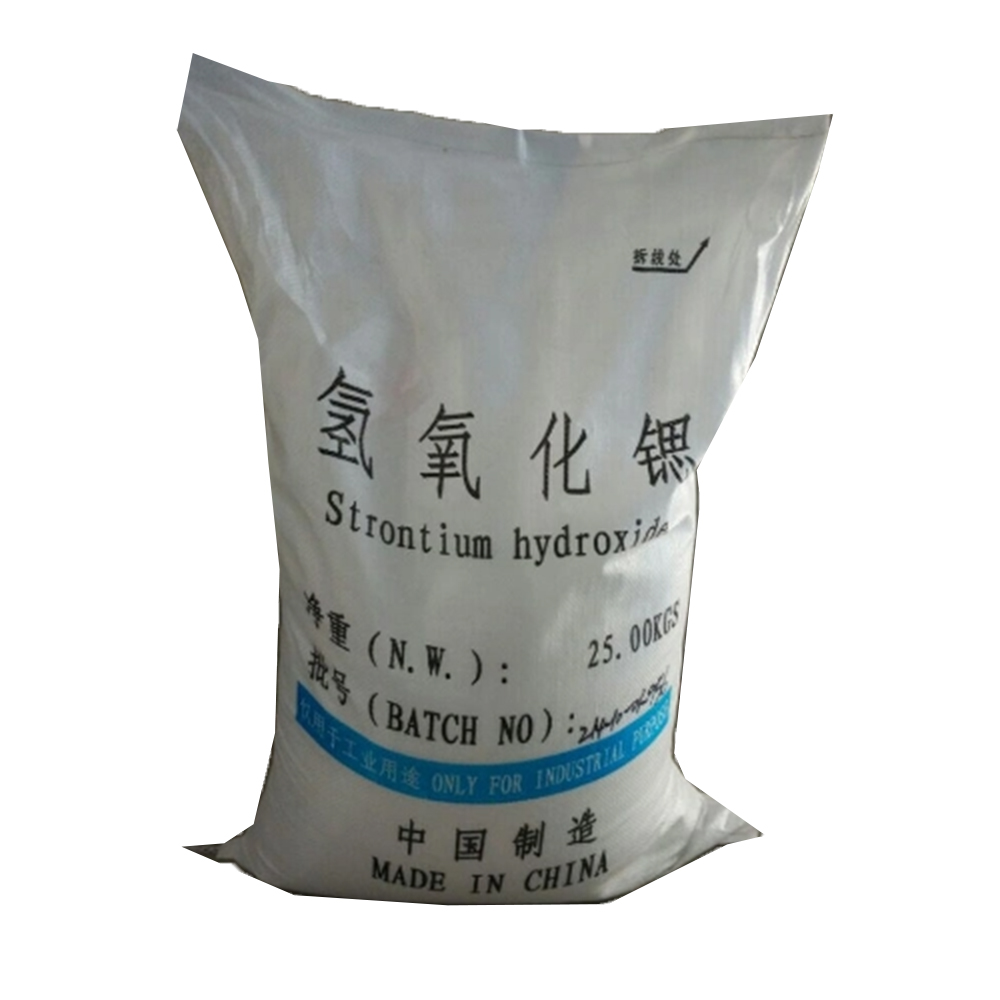



sodium hydroxide hmis
Understanding the HMIS for Sodium Hydroxide
Sodium hydroxide (NaOH), commonly known as lye or caustic soda, is a highly alkaline substance widely used in various industries, including chemical manufacturing, food processing, and pharmaceuticals. Given its corrosive nature, safety precautions are paramount when handling sodium hydroxide. One effective way to communicate the hazards associated with this compound is through the Hazardous Materials Identification System (HMIS).
What is HMIS?
The Hazardous Materials Identification System (HMIS) is a color-coded numerical hazard assessment system designed to provide information about the risks associated with chemicals. It helps workers understand the potential health, flammability, and physical hazards of materials they might encounter. The HMIS label features a series of colored bars and numbers that indicate the severity of each type of hazard.
The HMIS for Sodium Hydroxide
When assessing sodium hydroxide within the HMIS framework, it is crucial to consider three key hazard categories health, flammability, and physical hazards.
1. Health Hazard Rating Sodium hydroxide is assigned a health hazard rating of 3, which indicates it is a severe health risk. Exposure can cause serious damage to skin, eyes, and mucous membranes. Inhalation of sodium hydroxide dust or mist can also be hazardous, leading to respiratory complications. Adequate measures, such as protective clothing, gloves, and eyewear, should be employed when handling this substance to mitigate exposure risks.
sodium hydroxide hmis

2. Flammability Hazard Rating Sodium hydroxide has a flammability hazard rating of 0, meaning it is not flammable under typical conditions. However, it can react violently with water, releasing heat and potentially causing splattering. As such, it is crucial to store sodium hydroxide away from incompatible materials such as strong acids and organic compounds.
3. Physical Hazard Rating The physical hazard rating for sodium hydroxide is also 1, indicating it poses a minor hazard. This rating takes into account factors such as reactivity and the potential for substance release in certain conditions. Sodium hydroxide can react with various substances, causing violent reactions, particularly when mixed with water or acids. Proper storage and handling procedures are essential to prevent unintended reactions.
Conclusion
Understanding the HMIS for sodium hydroxide is critical for maintaining a safe working environment. The severity of its health hazards necessitates stringent precautions to protect workers from exposure. Proper labeling and training are essential components of a company's safety program. By adhering to HMIS guidelines, employers can help foster a culture of safety in the workplace.
In summary, sodium hydroxide presents significant challenges due to its corrosive nature. By utilizing the HMIS framework, workers and employers can better understand the risks associated with this chemical and implement necessary safety measures. It is imperative to recognize that safety is not just about compliance; it involves a commitment to promoting awareness and education around hazardous materials. By prioritizing safety, we not only protect individuals but also contribute to a safer and more responsible industrial environment.
Understanding these hazards, along with implementing appropriate safety measures, provides a pathway to mitigate risks associated with sodium hydroxide. As we strive to create safer workplaces, the HMIS serves as a vital tool in our efforts to ensure the well-being of all who work with hazardous substances.
-
Why Sodium Persulfate Is Everywhere NowNewsJul.07,2025
-
Why Polyacrylamide Is in High DemandNewsJul.07,2025
-
Understanding Paint Chemicals and Their ApplicationsNewsJul.07,2025
-
Smart Use Of Mining ChemicalsNewsJul.07,2025
-
Practical Uses of Potassium MonopersulfateNewsJul.07,2025
-
Agrochemicals In Real FarmingNewsJul.07,2025
-
Sodium Chlorite Hot UsesNewsJul.01,2025










